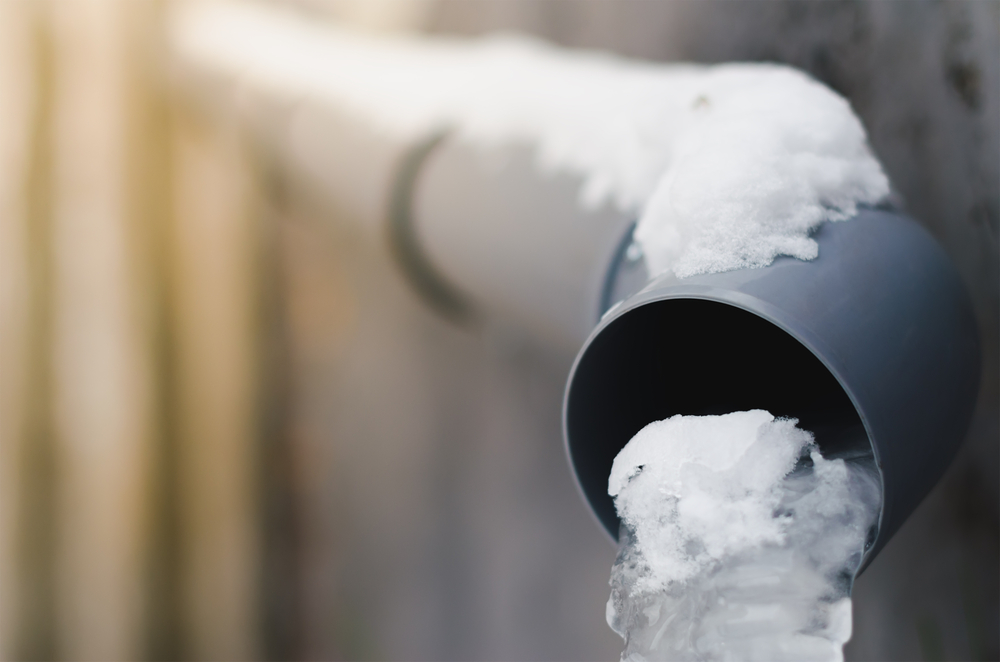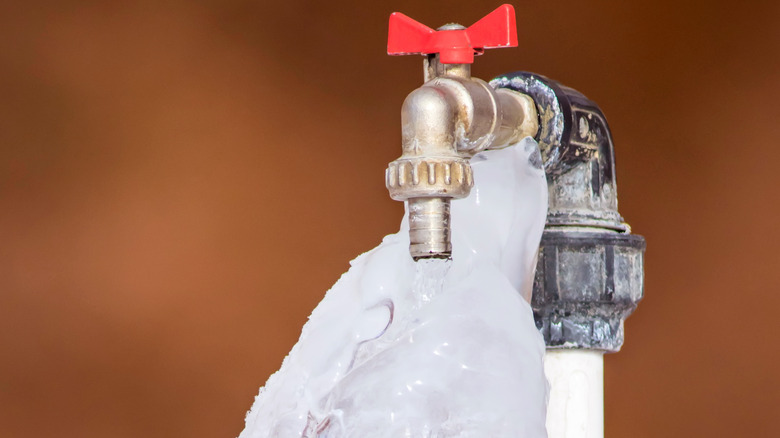Protect Against Frozen Pipes in Winter: Pro Tips
Protect Against Frozen Pipes in Winter: Pro Tips
Blog Article
Just about every person will have their private opinion on the subject of How to prepare your home plumbing for winter weather.

Cold weather can damage your pipes, especially by freezing pipelines. Below's exactly how to stop it from happening and what to do if it does.
Introduction
As temperature levels drop, the danger of icy pipes boosts, potentially leading to costly fixings and water damages. Recognizing exactly how to stop frozen pipelines is critical for house owners in chilly climates.
Avoidance Tips
Insulating vulnerable pipes
Cover pipes in insulation sleeves or use heat tape to secure them from freezing temperatures. Focus on pipes in unheated or exterior areas of the home.
Heating techniques
Keep indoor spaces adequately heated up, especially locations with pipes. Open closet doors to allow cozy air to circulate around pipes under sinks.
Exactly how to determine frozen pipes
Try to find lowered water flow from taps, uncommon smells or sounds from pipes, and visible frost on revealed pipes.
Long-Term Solutions
Structural modifications
Take into consideration rerouting pipelines far from outside wall surfaces or unheated locations. Include additional insulation to attics, cellars, and crawl spaces.
Updating insulation
Buy top quality insulation for pipelines, attic rooms, and wall surfaces. Correct insulation assists preserve regular temperature levels and decreases the danger of frozen pipelines.
Safeguarding Exterior Plumbing
Yard pipes and outside taps
Disconnect and drain garden hoses before winter months. Mount frost-proof spigots or cover exterior faucets with insulated caps.
Comprehending Icy Pipes
What triggers pipelines to freeze?
Pipes ice up when revealed to temperature levels below 32 ° F (0 ° C) for prolonged periods. As water inside the pipelines ices up, it increases, putting pressure on the pipe walls and potentially causing them to burst.
Risks and problems
Frozen pipelines can result in supply of water disruptions, property damage, and pricey fixings. Burst pipelines can flooding homes and cause comprehensive architectural damages.
Indications of Frozen Piping
Identifying frozen pipelines early can avoid them from rupturing.
What to Do If Your Pipes Freeze
Immediate activities to take
If you think icy pipes, maintain taps available to alleviate stress as the ice melts. Utilize a hairdryer or towels soaked in hot water to thaw pipelines gradually.
Conclusion
Preventing frozen pipes needs proactive actions and fast feedbacks. By comprehending the reasons, indicators, and preventive measures, house owners can shield their plumbing during winter.
6 Proven Ways to Prevent Frozen Pipes and Protect Your Home
Disconnect and Drain Garden Hoses
Before winter arrives, start by disconnecting your garden hoses and draining any remaining water. Close the shut-off valves that supply outdoor hose bibs and leave the outdoor faucet open to allow any residual water to drain. For extra protection, consider using faucet covers throughout the colder months. It’s also important to drain water from any sprinkler supply lines following the manufacturer’s directions.
Insulate Exposed Pipes
Insulating your pipes is an effective way to prevent freezing. Pipe insulation is readily available at home improvement stores and is relatively inexpensive. Pay close attention to pipes in unheated areas such as the attic, basement, crawl spaces, or garage. Apply foam insulation generously to create a buffer against the cold. You can also wrap your pipes in heat tape or thermostat-controlled heat cables for added warmth.
Seal Air Leaks
Inspect your home for any cracks or openings that could let in cold air. Seal any holes around the piping in interior or exterior walls, as well as the sill plates where your home rests on its foundation. Additionally, make sure to keep your garage door closed unless you’re entering or exiting. Leaving it open creates a significant air leak that can lead to frozen pipes.
Allow Warm Air Circulation
During cold snaps, it’s essential to allow warm air to circulate evenly throughout your home. Leave interior doors ajar to promote better airflow. Open kitchen and bathroom cabinets to help distribute heat consistently around the rooms. If you have small children or pets, be sure to remove any household chemicals or potentially harmful cleaners from open cabinets for safety.
Let Faucets Drip
A small trickle of water can make a big difference in preventing ice formation inside your pipes. When temperatures drop significantly, start a drip of water from all faucets served by exposed pipes. This continuous flow helps prevent the water from freezing. Additionally, running a few faucets slightly can relieve pressure inside the pipes, reducing the chances of a rupture if the water inside does freeze.
https://choateshvac.com/6-proven-ways-to-prevent-frozen-pipes-and-protect-your-home/

I stumbled upon that blog entry on Winter Plumbing Precautions: Preventing Frozen Pipes when doing a lookup on the search engines. Loved our write up? Please share it. Let somebody else check it out. We cherish reading our article about How To Avoid Freezing Pipes.
Source Report this page